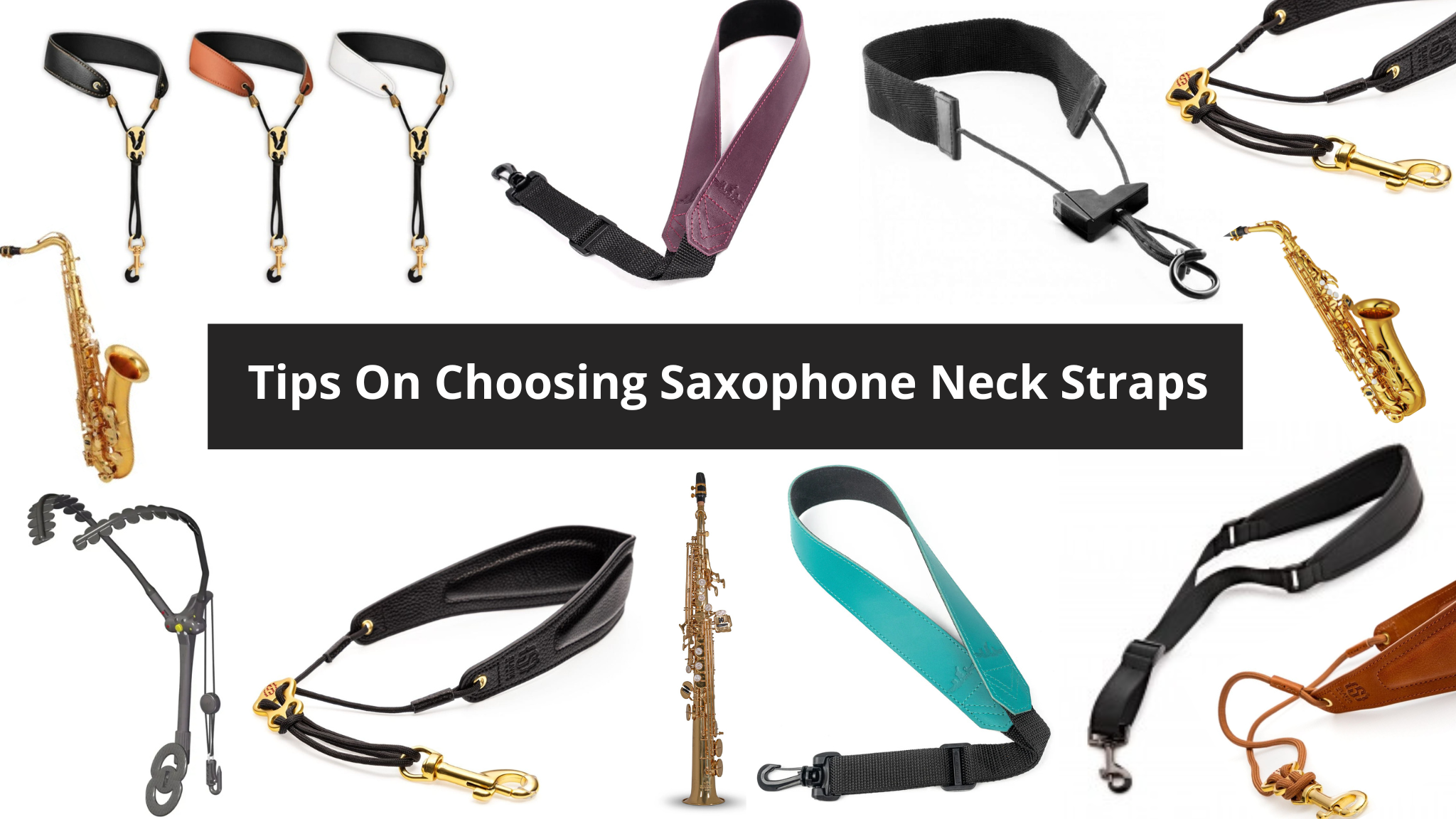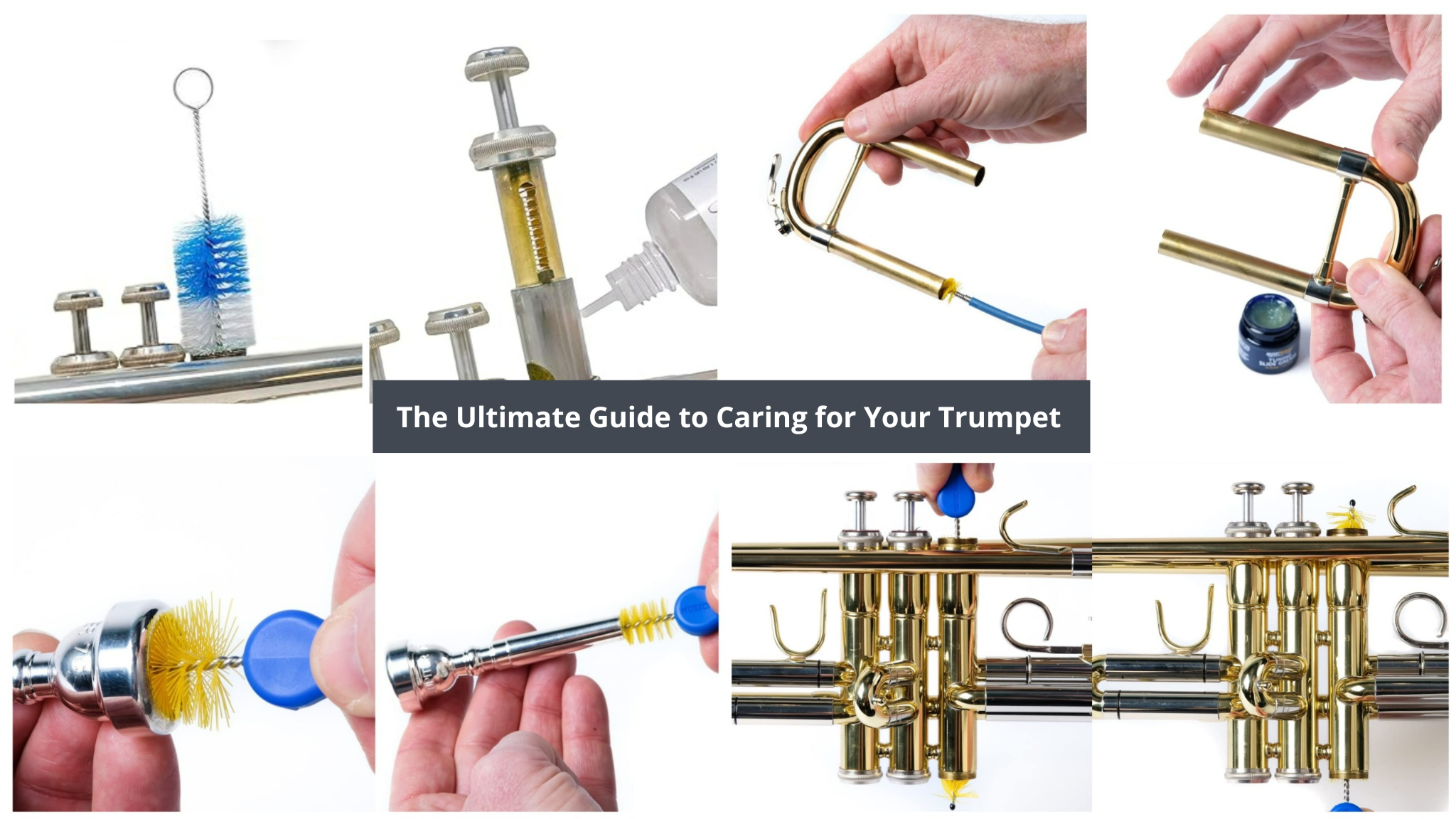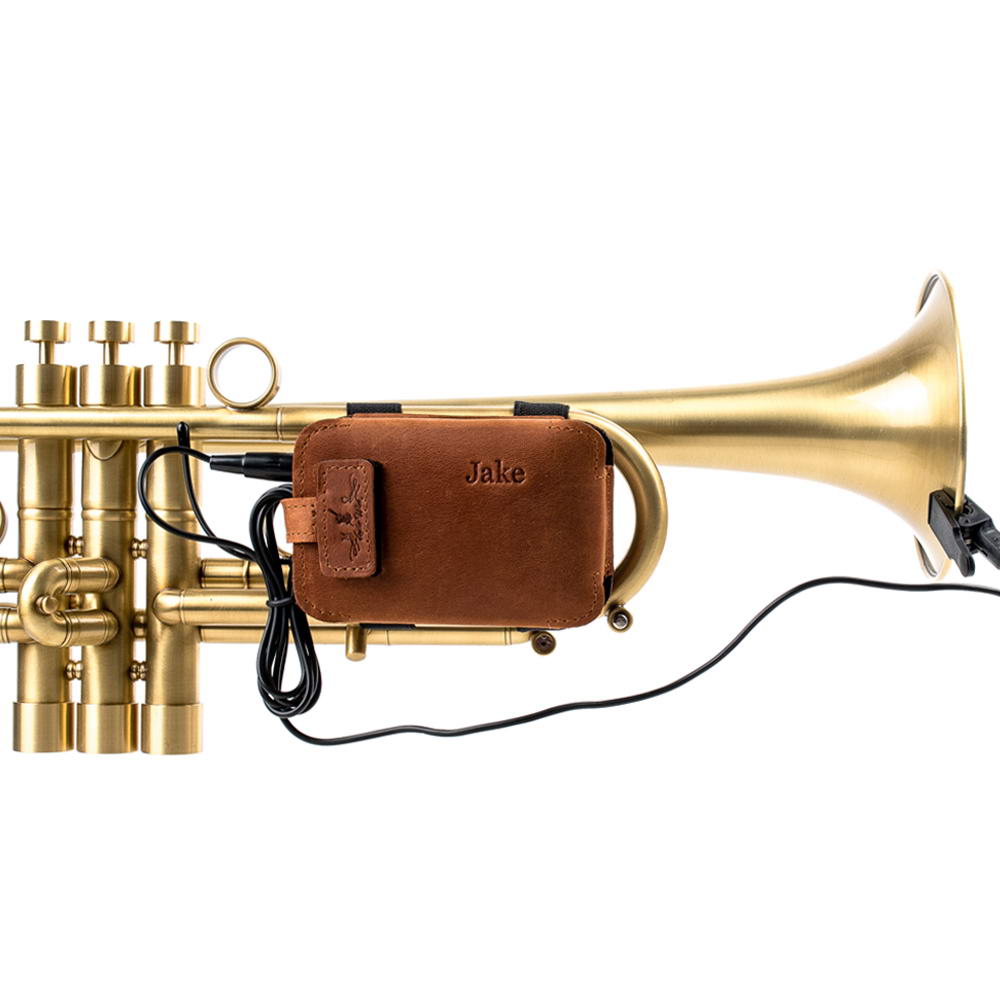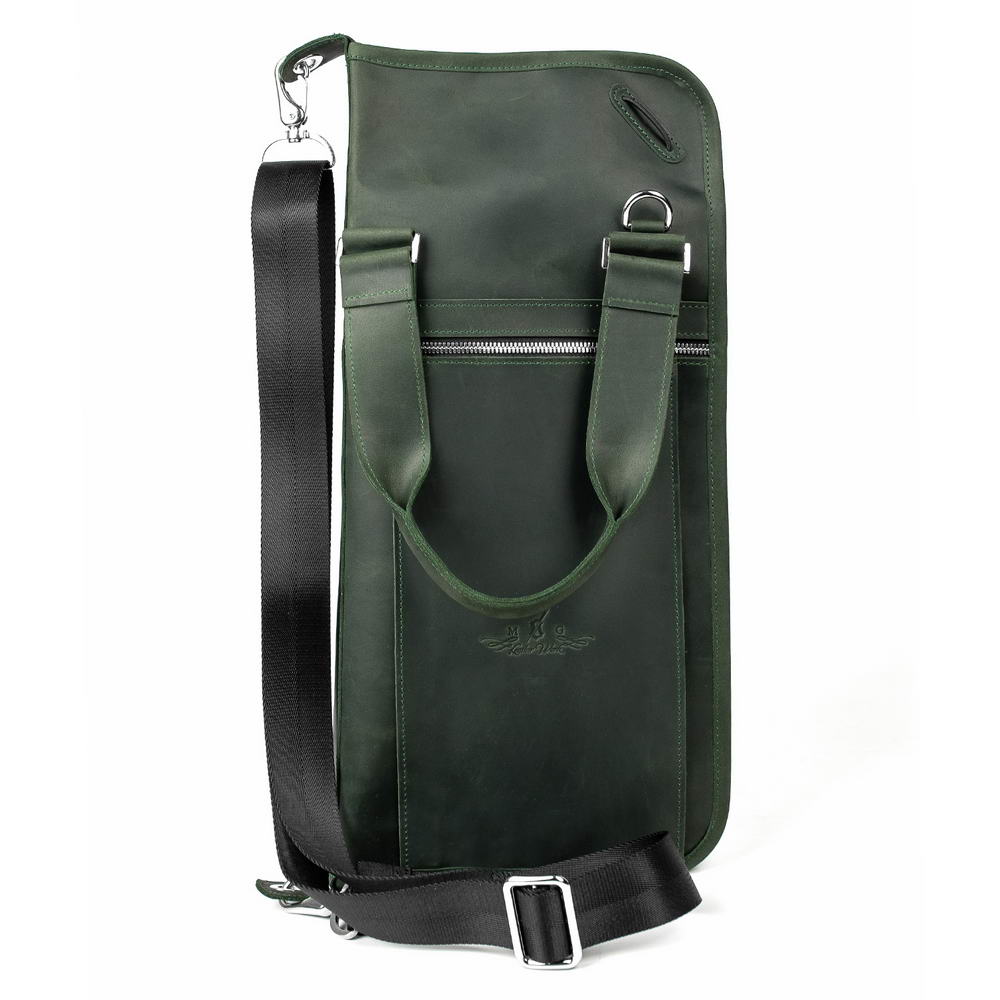
Tips On Choosing Saxophone Neck Straps
 The Essential Guide to Saxophone Neck Straps: Comfort, Style, and Support for Every Musician
The Essential Guide to Saxophone Neck Straps: Comfort, Style, and Support for Every Musician
Accessories like saxophone neck straps may not influence your sound and technique; however, they make a difference in how you feel when playing your instrument, especially during extended practices or concerts. Visiting your local music store or browsing online shops, you can find a wide range of straps and you can quickly feel overwhelmed with the choice. In this article, you will find practical tips on how to choose saxophone neck straps for enhanced comfort, support, and style.

Why You Need A Saxophone Neck Strap
A saxophone neck strap is an essential but unfortunately one of the most neglected accessories. Saxophonists are used to thinking about mouthpieces, reeds, and screws as important parts of their instruments, however they often ignore the thought that a saxophone is made of brass, which makes it heavier than other woodwind instruments, especially when considering baritone and tenor models.
When you play your sax for extended periods, sooner or later you may face the problem of backache, strain on your neck, and shoulders. This regular pressure on these parts of your body leads to fast fatigue, the need to reduce playing sessions or even cancelling rehearsals if the problem gets worse.

So, why do you need a saxophone neck strap?
-
Saxophone neck straps distribute the weight of the instrument.
They are made to help players feel more comfortable during extended practices, rehearsals and performances, reducing the risk of serious backache down the line. They also reduce strain on musicians’ arms, hands, and fingers. The strap takes most of the weight, allowing your hands to grip and support the sax with less effort. This results in relaxed finger movement. -
Saxophone neck straps support posture.
These accessories encourage better posture, keeping the instrument at the right height and angle. The saxophone feels anchored to your body, improving your precise finger coordination. They also prevent awkward positioning that could lead to long-term discomfort or even injury. -
Saxophone neck straps enhance your performances.
They may not do it in the same way as mouthpieces, however when well-made, saxophone straps help avoid discomfort and soreness, allowing musicians to fully immerse themselves in music, their tone and technique, rather than focusing on external factors. And that makes your performances more impactful on the audience as well as helps you stay more inspired and motivated. -
Saxophone neck straps adjust to your needs.
Most models are adjustable, allowing you to change their length and positioning your sax at the proper height. You can adjust the accessory as if it were tailored specifically for you.
Types of Saxophone Neck Straps
Now let’s explore what specific types of saxophone neck straps you can find on the market:
Basic Neck Straps
They feature a simple strap that loops around the neck. The accessories offer an adjustable length and a hook for attaching to the sax. They may be made from nylon or leather and are best suited for beginners and people for whom playing the sax is a hobby. Basic neck straps are typically lightweight, easy to use, and cost not much.

Padded Neck Straps
Visually they slightly resemble basic straps but offer padding for comfortable practice for extended periods. This padding is placed around the neck area and may feature foam or gel padding. Compared to basic saxophone neck straps, these are more comfortable and prevent neck fatigue better. They are perfect for professional saxophonists and students who play regularly and a lot.

Harness-Style Straps
They are also called double shoulder straps as they wrap around both shoulders like a backpack to distribute the weight of the instrument across the upper body. Harness-style straps offer enhanced ergonomics and fit perfectly for musicians with back, neck, or shoulder issues and especially those who play a baritone sax. The only disadvantage of these straps is that it may take time to put them on and adjust.

Shoulder Straps
Instead of your neck, these straps loop over one shoulder, allowing the instrument to hang to the side. This design fits best for musicians who want to avoid pressure on the neck. Such straps are lightweight and more comfortable than harnesses, however they may create imbalance or slippage that makes them not the best choice for long sessions.
In addition to options described above, you may also find straps featuring magnetic or clip-based mechanisms allowing you to attach the instrument faster and offering an efficient, and secure connection.

How to Choose The Right Saxophone Strap
When selecting a strap for your comfort, it’s significant to consider several factors:

- Adjustability. How comfortable a strap feels depends on its ability to be customized in length. The strap should have enough space to hold your sax high or low depending on your posture and needs.
- Security. No one wants a situation when the strap suddenly gets loose and your instrument falls on the floor. Special hooks and buckles with adjustments determine how securely the strap attaches to your saxophone.
- Design. People judge us by how we dress and what accessories we use. If you’re an individual who considers even the smallest details when building your brand and personal style, you may want the strap that doesn’t look too cheap and out of style. You should explore what brands and straps your colleagues, top bloggers or favourite musicians use. That might be a nice starting point.
- Price. You get what you pay for. As a beginner you may start with the simplest basic strap. However high-quality straps that are designed for years of use, especially made from genuine leather, can't be cheap. The price determines the value you get for your money.
- Comfort. An ideal saxophone neck strap should allow you to reach for the saxophone mouthpiece without stretching your neck out unnaturally.
- Age. If adult players can afford any style, young players need lightweight, adjustable straps, suitable for smaller bodies.
- Body Type. Petite musicians may feel more comfortable with narrower straps that don’t overwhelm their neck or shoulders.
- Practice Duration. If you play your sax as an enthusiast from time to time, you can feel well with basic straps without any padding, but for long rehearsals and performances it’s crucial to buy straps with padding for enhanced comfort or soft lining that doesn’t irritate your skin.
-
Hook Type. This small part also impacts how secure you hold your instrument. Open metal or plastic hook is easy to attach and remove, but it can slip off. Closed hook is more secure and fits perfectly for owners of heavier saxophones. While metal hooks serve longer, plastic hooks may be more comfortable on the instrument’s ring.

Conclusion
We hope our guide to various saxophone straps and tips on how to select a perfect option for your needs have been helpful to you. On our website, you can find a wide range of MG Leather Work saxophone neck straps suitable for alto, tenor, and baritone saxophones, as well as for curved soprano saxophones. They feature multiple colors, reliable YKK clasps and hooks, and adjustable design. What’s more, they are made from elegant and durable leather that can be further enhanced with personalized embossing.
In addition to straps, we offer other helpful accessories for woodwind instruments.

We also invite you to check out Top 7 Gifts for Saxophone Players.
You can save money when buying our leather accessories by taking advantage of our SPECIAL OFFER.



 https://mgleatherwork.com/pages/about-us
https://mgleatherwork.com/pages/about-us





Leave a comment
This site is protected by hCaptcha and the hCaptcha Privacy Policy and Terms of Service apply.